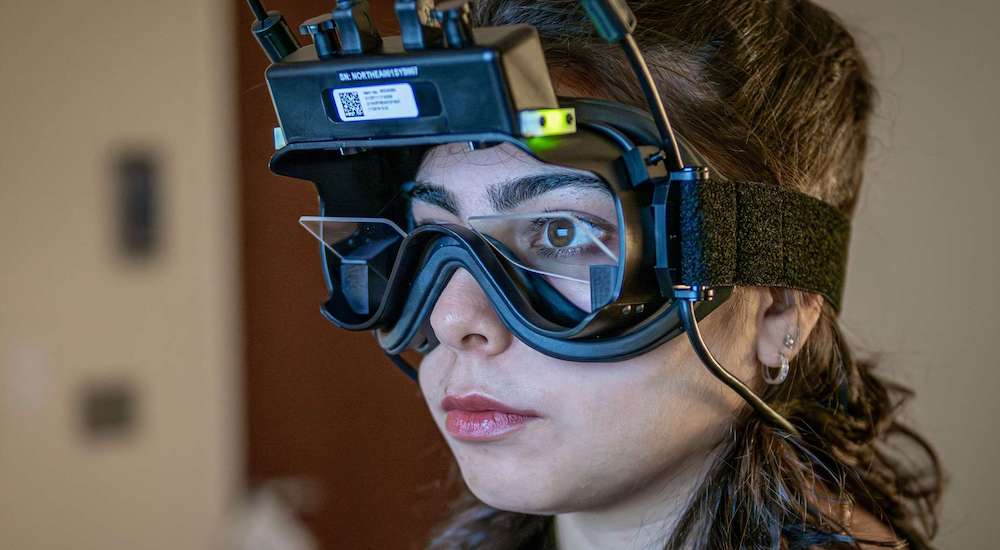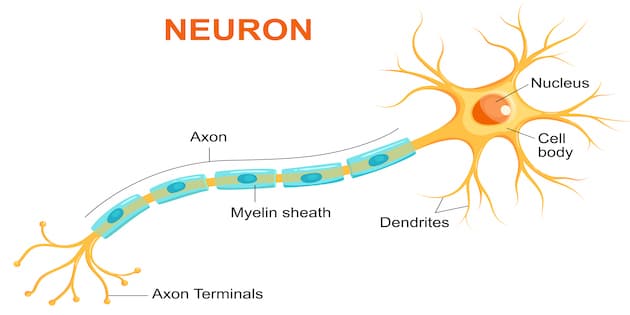The benefit of using genetic screening along with OAE screening in newborns
Screening
Physicians and geneticists from the Children’s Hospital of Dongguan in southern China, located between Hong Kong and Guangzhou, recently published the results of a study on concurrent genetic and standard hearing screening for neonates.
To examine the use of concurrent genetic screening in combination with standard newborn hearing screening (NHS), Qi Peng and colleagues included a total of 9,317 neonates born at the Dongguan People’s Hospital between January and October 2015.
As part of their analysis, they assessed 20 hotspot hearing-associated genetic mutations sites in 4 common deafness-susceptibility genes, i.e. GJB2, GJB3, SLC26A4, and MTRNR1, using matrix-assisted laser desorption-ionization time-of-flight mass spectrometry (MALDI-TOF-MS), an advanced technique for analysis of biomolecules including DNA.
Among the included newborns, 129 (1.38%) showed hearing loss on the basis of otoacoustic emission (OAE) testing, while 348 (3.74%) of them were found to have at least one mutant allele in the target genes on genetic screening. 34 (0.36%) were found to harbor a causal complement of mutations .
These results were published in the journal Genetic testing and molecular biomarkers in late August, and according to the authors, “This study furthers the understanding of the etiology of hearing loss and proves that it is beneficial to use genetic screening along with OAE screening of neonates to improve detection rates of at-risk infants. Our results show that this concurrent testing allows for better early identification of infants at risk for hearing loss, which may occur before speech and language development”.
Source: Peng Q., et al. Concurrent Genetic and Standard Screening for Hearing Impairment in 9317 Southern Chinese Newborns. Genetic testing and molecular biomarkers. 2016 Aug 19



